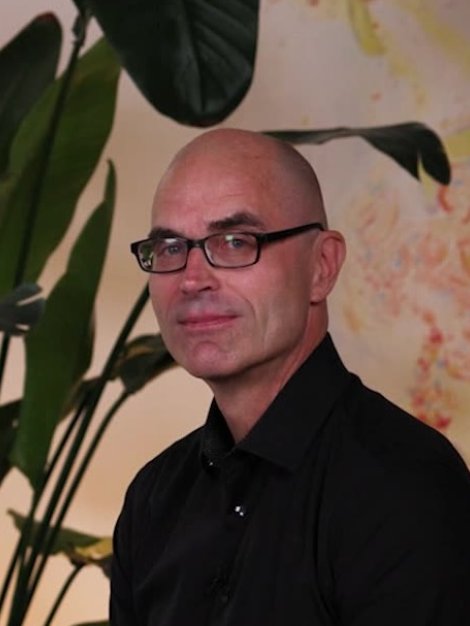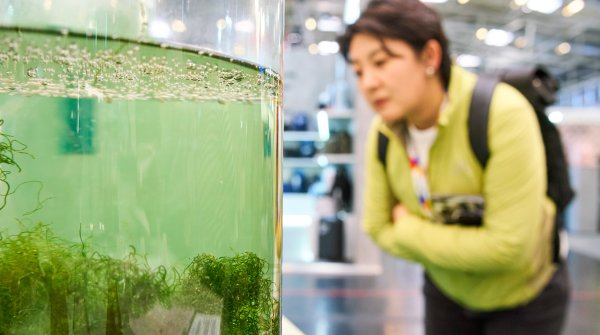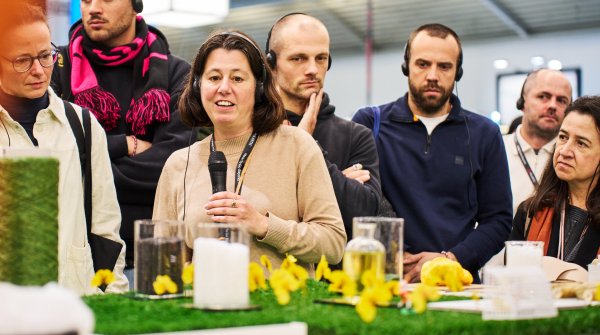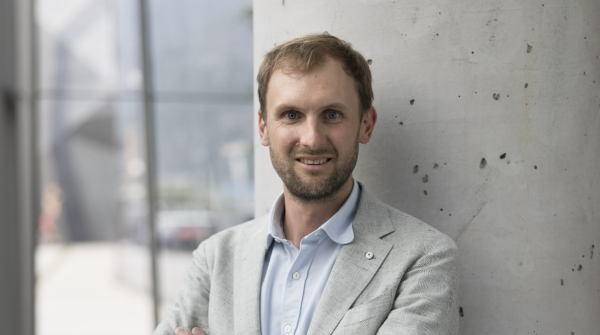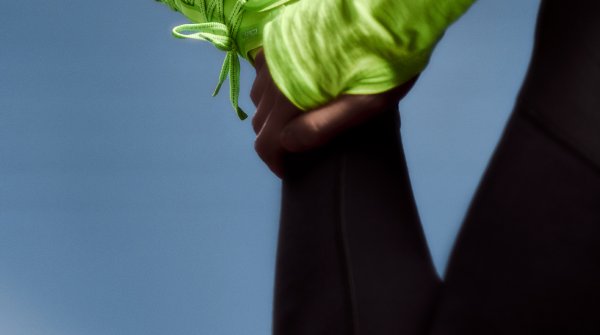ISPO.com: Rudolf, you spent nearly three decades at Apple, shaping Apple’s sustainability journey. Can you walk us through that path?
Rudolf Auer: I like that you use the word journey, because that’s exactly what it was. When I joined Apple in 1995, sustainability meant one thing: compliance. We were meeting regulations, but there wasn’t yet a holistic strategy, no bold vision. That changed around 2003 when sustainability began to have real executive support. We started to lead, phasing out PVC, developing lifecycle analyses for every product, and understanding our carbon footprint long before it became standard.
The real turning point came in 2013, when Tim Cook brought Lisa Jackson, formerly with the Obama administration, into the leadership team. Sustainability became one of Apple’s core values. That was when we started making bold commitments, like becoming carbon-neutral across our entire supply chain by 2030 and shifting to 100 percent recycled materials. Looking back, those 27 years were a remarkable ride. I am very grateful,
Apple is famous for design and innovation. How closely are innovation and sustainability connected?
Auer: They are inseparable. You can’t make real progress in sustainability without innovation. Let’s say you want to use more recycled materials. You must ensure they perform as well as virgin materials, look good, last long, and are available at scale. That demands innovation across design, materials science, and supply chain management. Sustainability gives innovation purpose.
And it goes both ways, companies that already have a strong culture of innovation are much more likely to succeed in sustainability. Innovation truly is the engine of sustainability
What role did Apple’s top management play in achieving this?
Auer: Leadership support is crucial. Without leadership, you get improvements. With leadership, you get transformation.
You need top-down commitment, clear goals that the whole organization rallies behind. At Apple, that meant sustainability wasn’t just a department, it was a company-wide objective with measurable targets.
Building internal alliances seems key to that transformation. How did you do it?
Auer: Sustainability is cross-functional by nature, one could say sustainability has no department, it lives in every department. Engaging with product design, legal, marketing, and PR. It’s not enough to be competent, you also need passion and a genuine interest in the big picture of the company. I always reached out proactively, set up one-on-one conversations, and listened.
Sometimes, you let others take credit, that builds trust. And you prepare thoroughly: know your allies, understand objections, and always have a plan B for meetings. That’s how you turn an idea into organizational momentum.
What about external alliances, with competitors or policymakers?
Auer: Real change doesn’t stop at company borders, to shape regulation, you must align even with competitors through trade associations or industry groups. Trust helps, but alignment of interests is key. Everyone needs to see a win-win.
A lot of that work happens behind the scenes, preparing arguments, harmonizing positions, making sure everyone understands the consequences of a policy. It’s like being a Sherpa: you do a lot of groundwork, so the whole group can reach the summit together.
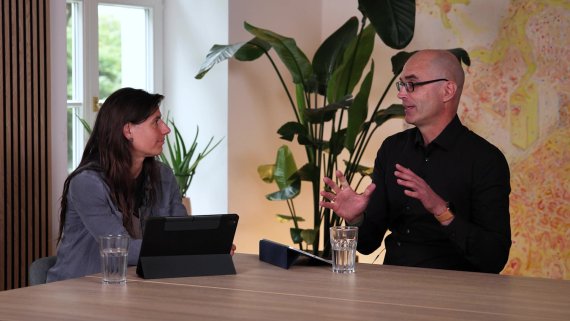
Many brands are still figuring out how to truly integrate sustainability into their corporate strategy. What’s your advice?
Auer: Start with honest questions: What kind of company are we? What’s our business model? Are we cost-driven or innovation-driven? Then, do a proper SWOT analysis – strengths, weaknesses, opportunities, threats and see how sustainability fits your values.
And yes, KPIs matter, because what you don’t measure, you’ll never achieve.
A simple overarching goal – like becoming carbon-neutral by 2030 – is powerful. But you must break it down by department, track progress quarterly, and celebrate milestones.
You told me that driving change can sometimes be “harsh.” What did you mean by that?
Auer: Change always creates tension. People feel insecure when familiar structures shift. So, while decisions and their implementation sometimes have to be forceful, the culture needs to remain respectful. Leaders need to offer transparency, purpose, and authenticity. Only leaders who walk the talk build the trust that makes real transformation possible.
You want to find out real sustainability solutions are created?
Then find out how ISPO brings together all the players - sports brands, manufacturers, technology providers, material suppliers, scientists and consultants - and creates the space in which real sustainability solutions are created.
What kept you motivated through all those years?
Auer: Passion. Even when progress was slow or setbacks happened, I believed in the mission and the company. Passion must go hand in hand with humility, accepting that some things take time. And passion alone isn’t enough, you need to recharge. If you draw energy only from work, you’ll burn out , balance elsewhere is what lets you come back stronger.
What advice would you give to people in mid-level positions who want to make a difference?
Auer: Work hard, be visible, and take on difficult projects. Visibility earns credibility. Once people see your results, your ideas will get traction. Start small, in your own sphere of influence, and find allies. And if your idea deserves a broader audience, find a smart way to get heard.
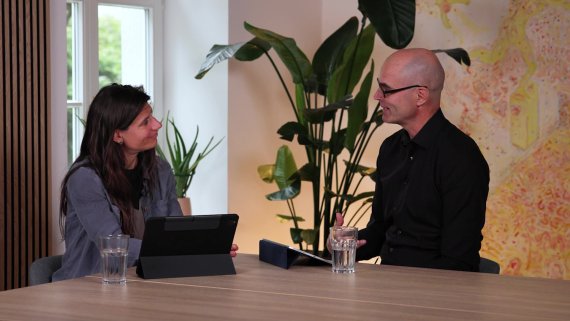
Finally, looking ahead: what worries you, and what gives you hope?
Auer: On the worrying side, geopolitical conflicts and short-term crises draw attention and resources away from long-term sustainability. Policymakers focus on immediate problems rather than on what happens in 10 or 20 years.
But I’m optimistic. Renewable energy is reaching cost parity, even in less sunny regions like Central Europe. Technological progress, especially in energy management and AI, will accelerate solutions. Every day adds another drop to the glass, and it’s getting fuller.
So the glass is half full?
Auer: More than half full, it is filling up faster every day. Progress for humanity depends on that mindset.
How important is collaboration, even with competitors, in driving sustainable change?
Rudolf Auer: Extremely important. Competitors can inspire each other. Some companies are true lighthouses in their sectors and sharing best practices helps the entire industry move forward. In the sports and outdoor industry, performance and sustainability go hand in hand, and collaboration makes both stronger. That’s why trade shows like ISPO are so valuable: they’re not just about products, but about learning, connecting, and seeing innovation firsthand.
At ISPO 2025, the Sustainability Solutions Area will serve as a pivotal space where sustainability drives innovation. Here, brands will present groundbreaking solutions for reducing environmental impact. This area provides a dynamic platform for professionals to explore how sustainable practices can enhance product performance while aligning with market demands. As the international flagship event of the global sports business, ISPO 2025 will foster collaboration and knowledge-sharing, showcasing how sustainability is transforming the sports industry into a future-proof and responsible sector. Be there - from 30. NOV. – 02. DEC. in Munich!
- Innovation fuels real sustainability: True sustainability isn’t about compliance. It’s about creating better solutions. Only through continuous innovation in materials, design, and production can long-term impact be achieved.
- Leadership turns goals into transformation: Sustainability needs strong leadership commitment. When top management sets clear, measurable goals, it becomes part of the company culture — not just a department.
- Collaboration drives progress: Change doesn’t stop at company borders. Industry alliances, partnerships, and even collaboration with competitors accelerate innovation and create lasting change.
- Sustainability needs structure and data: Vision alone isn’t enough. Success depends on KPIs, transparency, and regular progress tracking across all business areas.
- Culture and communication matter: Building trust, listening, and empowering teams across departments is key to making sustainability everyone’s responsibility.
- Optimism and perseverance are essential: Despite global challenges, Auer remains confident: technological progress and cooperation are speeding up change.
- ISPO awards
- Mountain sports
- Bike
- Design
- Retail
- Fitness
- Health
- ISPO Job Market
- ISPO Munich
- ISPO Shanghai
- Running
- Brands
- Sustainability
- Olympia
- OutDoor
- Promotion
- Sports Business
- ISPO Textrends
- Triathlon
- Water sports
- Winter sports
- eSports
- SportsTech
- OutDoor by ISPO
- Heroes
- Transformation
- Sport Fashion
- Urban Culture
- Challenges of a CEO
- Trade fairs
- Sports
- Find the Balance
- Product reviews
- Newsletter Exclusive Area
- Magazine
